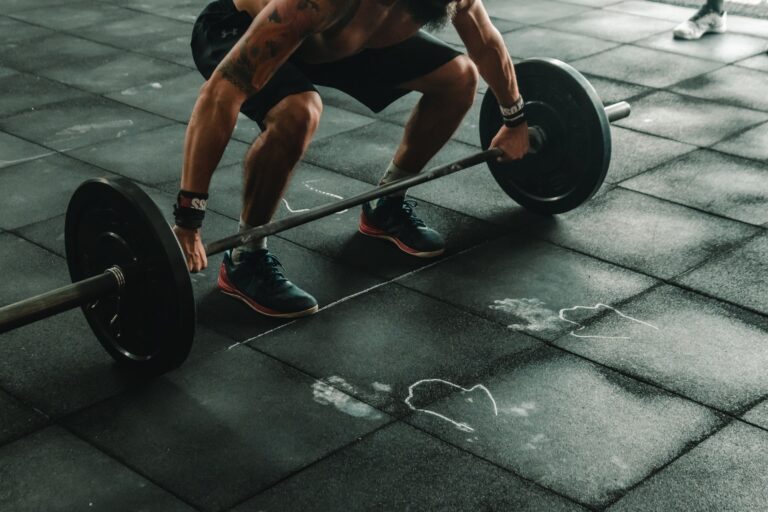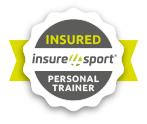Master the Basics - Building Your Strength Training Sessions

For your Lower Body the significant movement patterns are:
- Squat
- Hip Hinge
- Lunge
With each of these, you have the option of 2-legs (bilateral), 1 -leg (unilateral) or a split stance (otherwise known as B-stance), which is a hybrid of both 2 legs but with a 1 leg bias.
Let’s look at each pattern:
SQUATS – are knee and quad bias exercises with ankle, knee and hip motion/bending, aka flexion. I’m sure you can think of many, but also consider step-ups and step-downs as they have the “squat” pattern.
HIP HINGES – are exercises that bias the hips with minimal ankle and knee flexion. These may be more confusing, but this is where your deadlifts, RDLs, and back extensions fit. The hip thrust isn’t a hinge, but session’s hip bias still classifies it in this category.
LUNGES – have an element of locomotion or stepping in them. Walking lunges, reverse lunges, lateral lunges and curtsy lunges fit here. Split squats aren’t really lunges, but if you are new to strength training, I suggest this is where you start.
Then beyond these, you can isolate specific joints or muscles. For example, for knees, there is knee flexion (leg curl or ball hamstring curl) or extension (leg extension machine). Plus, you could do isolated calf work if you are a runner or want stronger lower limbs (which I’d suggest is worthwhile).
How you organise your week is up to you. This will be based on several factors, including the number of sessions you can do, your experience with training and, therefore, how easily you can recover, plus other factors like how you split your sessions.
As a minimum, have an equal amount of squats to hinge across your week. It works doing more hip hinges, as this is often an underrated pattern and a weak area for people. Each week, do at least one lunge or split squat and do some sort of isolated knee flexion/hamstring curl exercise once weekly.
For your Upper Body, the primary movement patterns are:
- Horizontal Push
- Vertical Push
- Vertical Pull
- Horizontal Pull
You can choose 2-arms (bilateral) and 1-arm (unilateral).
HORIZONTAL PUSH – pushing is when the load is moving away from you. Horizontal means inline with the chest, your push-ups or chest press. I would also put incline or decline pressing into this category.
VERTICAL PUSH – the weight is moving away from the body but is now in a vertical line. Which is anything going overhead, here are your landmine, dumbbell or barbell shoulder presses.
HORIZONTAL PULL – the pulling motion is when the load comes towards the body. Horizontal pulling aligns with the chest, so the rows are like body weight. Once again, I put angled rows into this category.
VERTICAL PULL – by now, you should know what lands here. This is the pulling actions from overhead. Chin-ups and the regressions to a chin-up or lat pulldowns go here.
There are many upper-body isolation exercises, too, it is common in all training to think in muscle groups, but the majority still land within the patterns.
- For the chest (horizontal push), there are different fly variations
- For shoulders (vertical push), there are different types of raises
- For rear delts (horizontal pull), there are reverse fly actions
- For lats (vertical pull), there are various pulldowns
Arms fall outside the pattern. So for bicep curls (elbow flexion) and tricep presses (elbow extension), there are different exercises too.
Once again, organising your week is up to you and will be based on the number of sessions you can do and how vital upper body training is to you.
At a minimum, I suggest at least one exercise from each main category. For posture, doing more horizontal pulls is often recommended (although there is zero evidence to support this). If you train at home, vertical pulling is hard to set up, so choosing from the isolation exercises is the best way.
Don’t forget to follow me on Instagram, where I share exercise techniques and show you how to maximise your training. I hope you enjoyed this blog post, if you have any questions, I host a weekly Q&A session on my Instagram channel. Otherwise, please feel free to email me at andy@andyvincentpt.com.
If you want to get in touch and see how I can help your fitness and become your Online Personal Trainer, click here.


